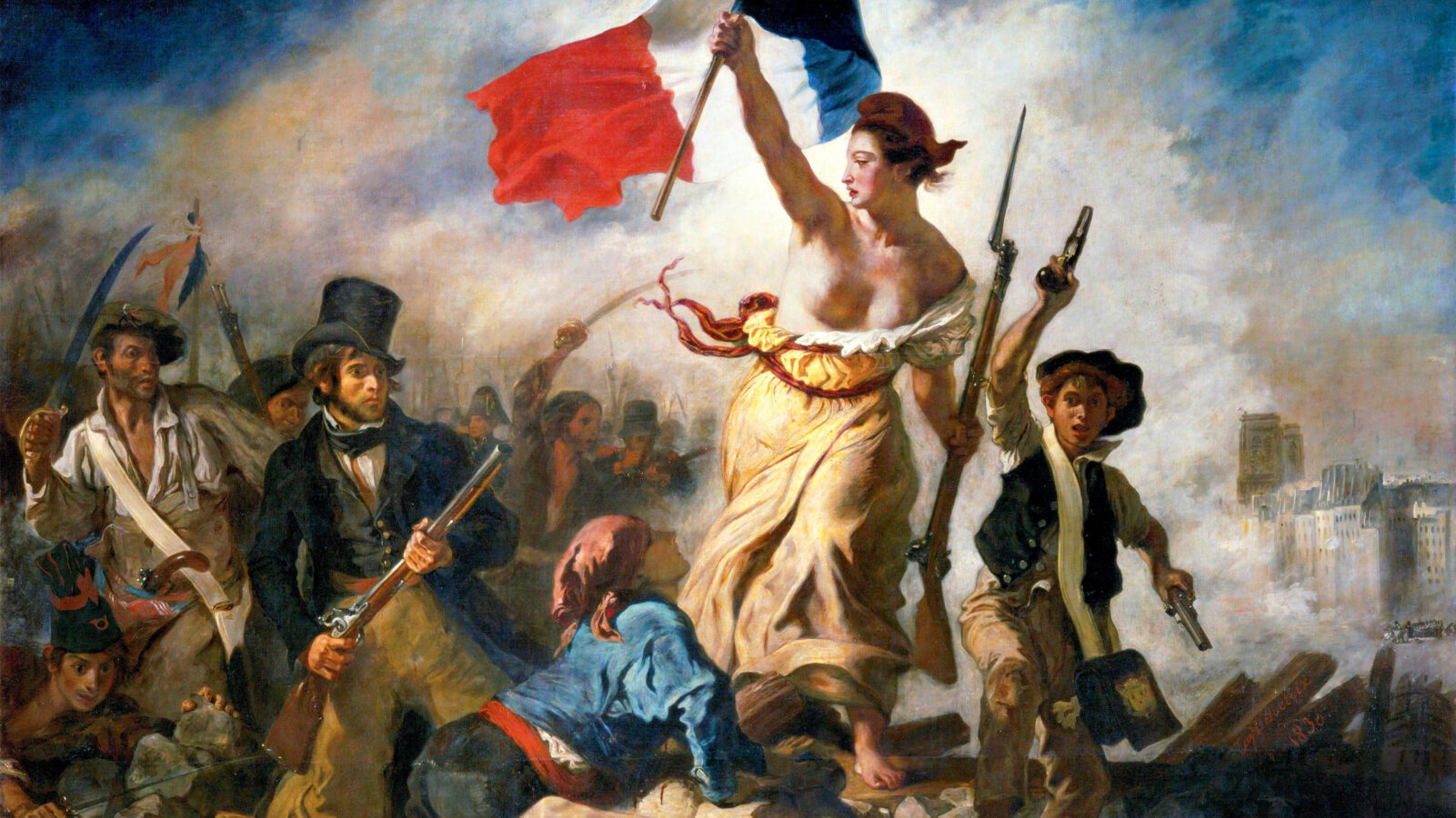Of all the European countries with lavish and rich art, none comes close to France. The French were pioneers of the Gothic, Baroque, and 18th Century art styles, to name a few. As such, it would make quite a story to give you the 5 interesting facts you didn’t know about French art history.
Well, that’s precisely what we will talk about in this article. Considering France’s grandstanding on the world stage of art, we’re positive you’ll learn a few interesting facts that you can share with your friends and family.
So with all that said, let’s start.
1. The Louvre Wasn’t Always An Art Museum
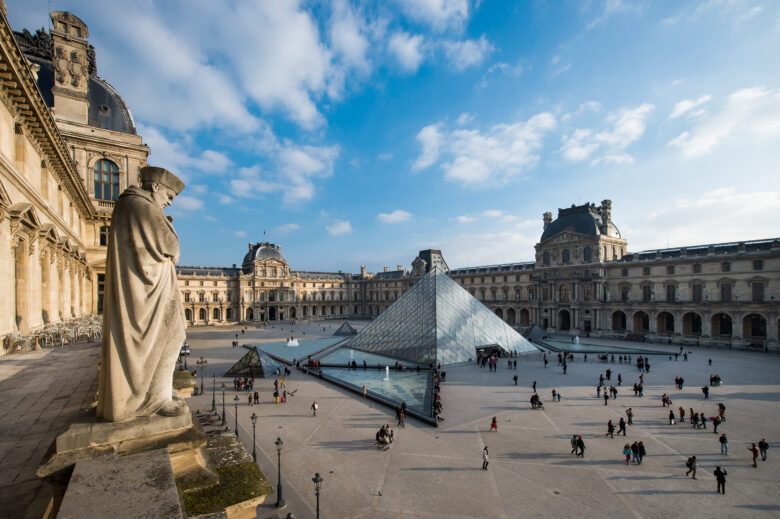
What you might know about Louvre is a well-known fact. You might know that the Louvre is the most visited museum in the world. After all, it is the place where you can go and see the Mona Lisa.
But this particular building served a different purpose in the 12th century. Back then, the French and English were at each other’s throats. Constantly waging war and looking to big-up one another, the then French king, Phillip II, ordered the creation of a fortress that could repel an English invasion.
Considering the museum lies in Paris, the capital of France, and the English and other nations had previously reached the capital, it made sense for Phillip II to build a fortress that would serve as the base of operations should the English invade.
That’s how the Louvre came to be. Nowadays, the Louvre is a historic museum that’s probably the most well-known museum in the world. As mentioned previously, the Louvre houses the Mona Lisa, Liberty Leading the People, The Raft of the Medusa, The Coronation of Napoleon, Venus de Milo, and thousands of art pieces throughout the ages.
2. Claude Monet Is Indirectly Responsible For the Term “Impressionism”
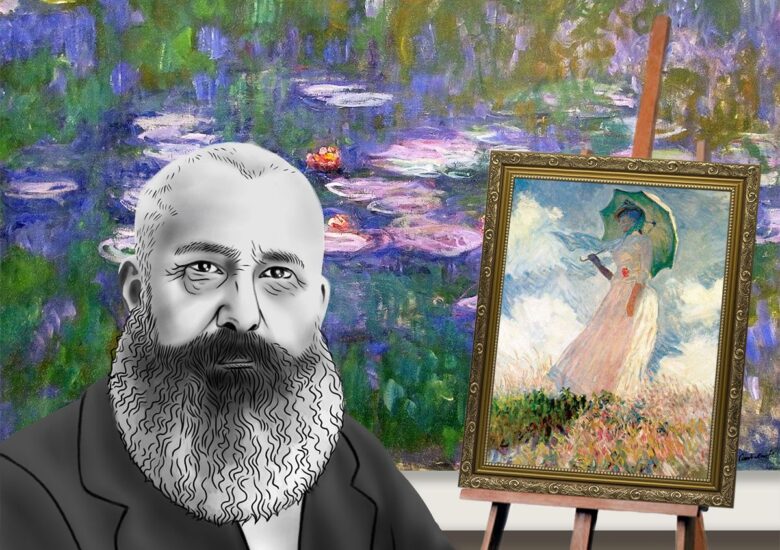
What came to be one of the most important art movements in history emerged as a complete coincidence. Claude Monet is one of the most well-known French artists. He lived in Paris at a time when artists were very frustrated with the current art movement – realism. He and a group of like-minded artists, sculptors, painters, etc, held an exhibition where they would share their works.
The paintings included vivid colors and spontaneous use of the brush. Critics weren’t too fond of the exhibition. One critic saw Monet’s painting – Impression, Sunrise – and called it an impression. It was this particular critic that jumpstarted one of history’s most famous art movements.
3. Art Museums In France Are the Most Common
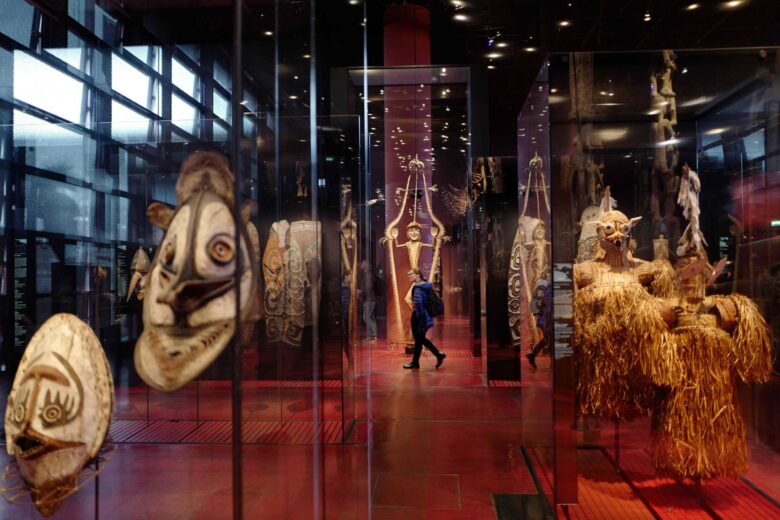
The French love their art. They also love their history, but when it comes to types of museums across the country, there are more art museums than any other type. While most of you know the four big ones – the Louvre, Mousee National D’Art Moderne, Musee D’Orsay, and the Palais Des Beaux-Arts De Lille, did you know that there are 317 art museums across the country? Most are in Paris, with a total of 206, while the official number of museums in the country reaches 1240.
As one would imagine, these range from big ones, such as the four previously mentioned, to some small ones where schools and amateur painters would exhibit their creations.
French has a growing love for art, so much that it looks to develop artists through specialized education. French art schools regularly hold exhibits for their students in hopes to uncover a talented artist that would continue the country’s long and proud tradition.
You can buy French art pieces online ranging from famous masterpieces to vintage posters. For that, make sure to visit www.meisterdrucke.us
4. France Was the Home of Many International Artists
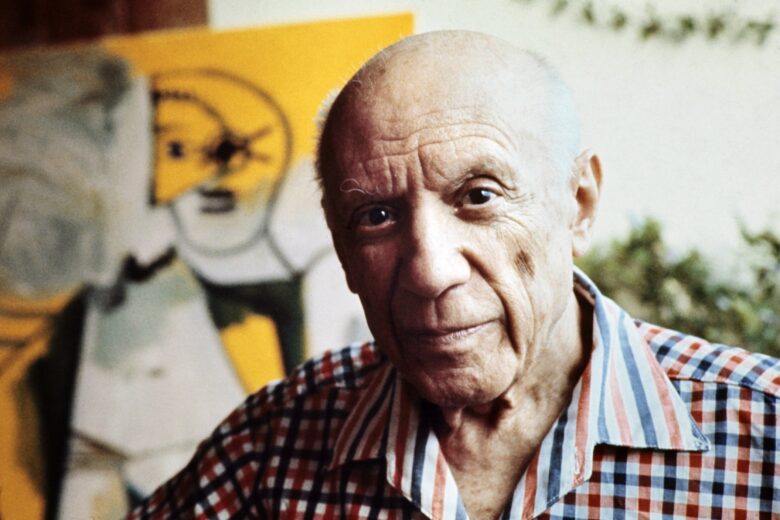
France was by far the European nation where you would go if you were an artist. Simply said, the likes of Monet, Manet, Renoir, and Gaugin had their fair share of rivalries with international artists.
Some of the most popular non-French artists that lived in France include Pablo Picasso, Salvador Dali, Van Gogh, and more. The reason why these prominent figures called France their home is because they felt loved there. The French are by some unofficial definition, art lovers.
From the 17th century onwards, France became the epicenter for artists and sculptors. This resulted in many popular international artists from all branches of art coming into France. By the 19th century, France had the most impressive monuments and artistic pieces ever.
What other nations could do is sit back and watch in jealousy.
5. French Art Has Thrived Throughout the Ages
French art isn’t only characterized by impressionism or realism. There have been quite a few artistic styles throughout the ages. While we won’t go into history too much, it’s important to recognize the most popular art directions the nation has developed throughout the years.
-
Romanesque
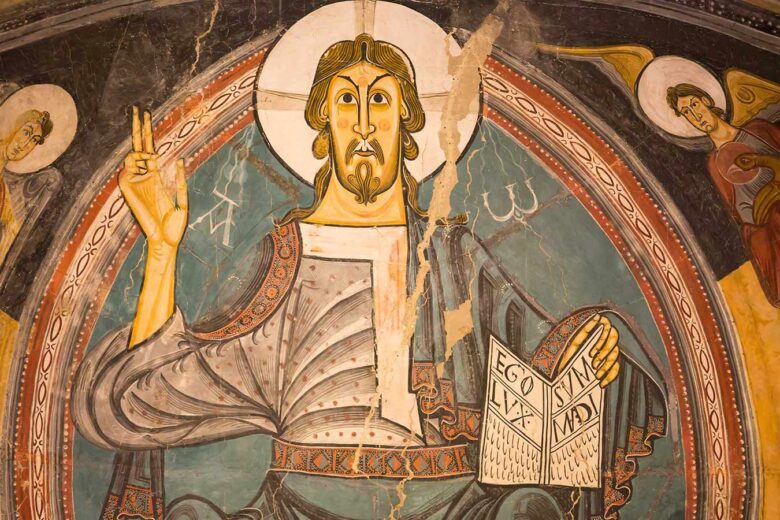
Romanesque art is mostly characterized by church and court paintings. Considering that France is a Christian nation, French artists would paint the interior of churches and courts and grace their beauty even more by building sculptures. Many of these paintings were highly complex and difficult to paint.
-
Gothic
Originating from the 12th century, Gothic art is considered native to the northern parts of the country. As a matter of fact, France was one of the pioneers of this movement, with many French kings being buried in the world-renowned Abbey of St. Denis.
During this period, artists would paint cathedrals and glass windows in most of these buildings. But the highlight of Gothic art is the sculptors.
-
Neoclassicism
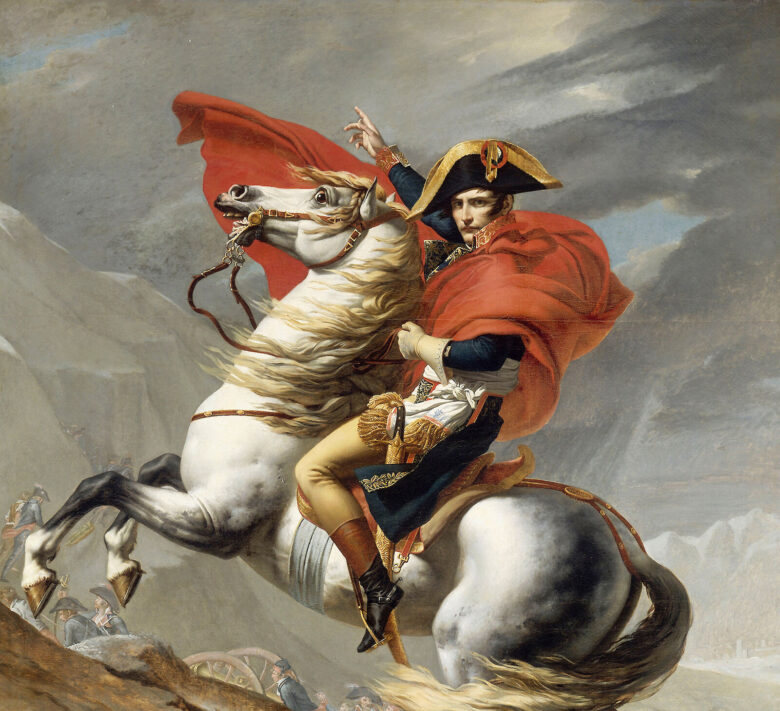
At one point, French artists were obsessed with Greek and Roman mythology. The culture fascinated many artists, such as Jaques-Louis David. His most famous painting, the Oath of the Horatii, is displayed in the Louvre. During this art period, artists would turn towards a sense of nationalism and regularly featured on French courts. David was even the first-painter to Napoleon – the Emperor of France.
Conclusion
That concludes our list of the five interesting facts to know about French art history. While French art is so vast that it would be impossible to put it in one article, we hope that these five facts captured your attention.


